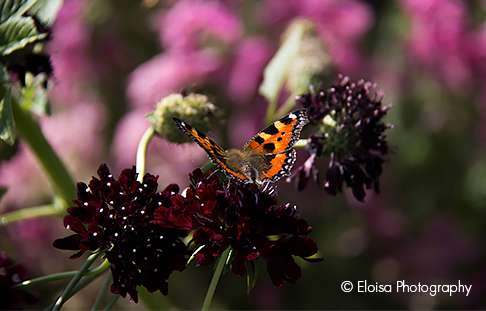Shrimp, celebrated for its taste and versatility, presents a tantalizing dilemma: is it a nutritional powerhouse or an environmental concern? Delving into its nutritional profile reveals a wealth of benefits, yet concerns linger regarding its impact on cholesterol levels and environmental sustainability. By making informed choices, such as selecting sustainable sources and practicing portion control, we can savor shrimp responsibly while supporting our health and the planet. Let’s embark on a journey of mindful consumption, where each shrimp dish becomes an opportunity to nourish ourselves and contribute to a more sustainable food future.





